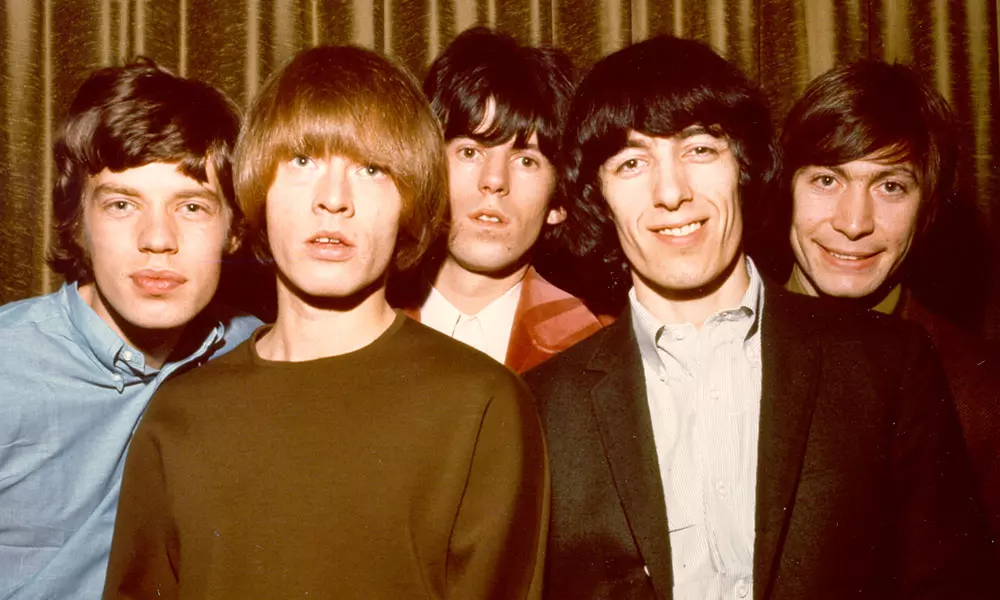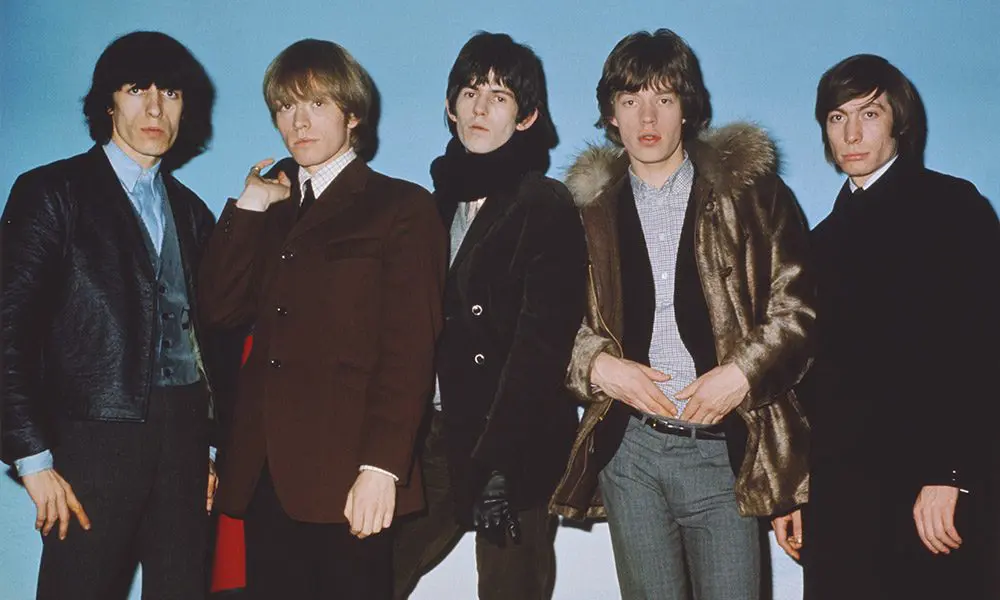“Paint It, Black” – The Rolling Stones
- music
- September 6, 2024

“Paint It, Black” by The Rolling Stones: A Dark and Psychedelic Exploration of Grief and Despair
The Rolling Stones’ “Paint It, Black,” released in 1966, stands as one of the band’s most powerful and iconic tracks, showcasing their darker, more introspective side. The song was released as a single and featured on their album Aftermath. With its haunting melody, intense lyrics, and innovative use of instruments, “Paint It, Black” became a groundbreaking moment in rock music, capturing the disillusionment and turmoil of the 1960s.
Lyrically, “Paint It, Black” delves into themes of grief, depression, and loss. Mick Jagger’s lyrics express the narrator’s overwhelming desire to obliterate all color and light from his world in the aftermath of a devastating loss, likely the death of a loved one. The refrain, “I see a red door and I want it painted black / No colors anymore, I want them to turn black,” illustrates a deep yearning for the external world to reflect the darkness and emptiness the narrator feels inside. The use of the color black as a metaphor for grief and despair emphasizes the totality of the narrator’s emotional state.

This theme of all-encompassing darkness resonates with the social and political climate of the time. The mid-1960s was marked by global unrest, with conflicts like the Vietnam War, the civil rights movement, and widespread cultural upheaval. Many listeners interpreted “Paint It, Black” as a reflection of the existential angst and disillusionment that permeated the era, making it a cultural touchstone for those grappling with the uncertainties and tragedies of the time.
Musically, “Paint It, Black” stands out for its innovative blend of rock, Eastern music, and psychedelic elements. The song opens with a distinctive sitar riff, played by Brian Jones, which immediately sets it apart from traditional rock songs of the period. The use of the sitar, inspired by George Harrison’s experimentation with Indian music in The Beatles, gives the song an exotic and mysterious sound, adding to its overall sense of unease and otherworldliness. The drumming, provided by Charlie Watts, is fast and relentless, driving the song forward with a sense of urgency, while Bill Wyman’s bassline adds a deep, rumbling undertone that complements the song’s dark mood.
![]()
Mick Jagger’s vocals are intense and emotional, perfectly conveying the song’s themes of anguish and despair. His voice shifts between a somber, almost meditative tone during the verses and a more urgent, impassioned delivery during the chorus, reflecting the narrator’s fluctuating emotions. Keith Richards’ guitar work is equally vital, providing a sharp, gritty edge that reinforces the song’s haunting atmosphere.

One of the most striking aspects of “Paint It, Black” is its ability to combine a sense of personal grief with a broader cultural resonance. While the lyrics are deeply introspective, the song’s mood and instrumentation evoke a sense of global uncertainty and the loss of innocence. The hypnotic, almost trance-like rhythm of the song mirrors the psychedelic experimentation that was emerging in music during the mid-1960s, with artists exploring altered states of consciousness and new ways of expressing emotion through sound.
“Paint It, Black” was a commercial success, reaching number one on the Billboard Hot 100 in the United States and solidifying The Rolling Stones’ reputation as one of the most influential rock bands of the era. Its combination of dark themes, innovative instrumentation, and raw emotion made it stand out from other rock songs of the time, and it has since become one of the band’s most enduring tracks. The song’s continued popularity is evident in its frequent appearances in films, television shows, and other media, where its haunting sound and powerful lyrics continue to resonate with audiences.

Beyond its success as a single, “Paint It, Black” also marked a significant moment in The Rolling Stones’ evolution as a band. While they had already established themselves as rock and roll stars with hits like “(I Can’t Get No) Satisfaction” and “Get Off of My Cloud,” “Paint It, Black” showed that they were capable of deeper, more complex artistic statements. The song’s exploration of darker emotions and its incorporation of diverse musical influences foreshadowed the band’s future experiments with genre and sound, paving the way for albums like Their Satanic Majesties Request and Beggars Banquet.
In conclusion, “Paint It, Black” by The Rolling Stones is a landmark song in rock history, capturing the turbulence of the 1960s while also delving into universal themes of grief, loss, and despair. Its innovative blend of rock, psychedelia, and Eastern music, combined with its intense lyrical content, makes it a standout track that has transcended its time to become a timeless classic. Even today, the song continues to resonate with listeners, offering a powerful reminder of the depths of human emotion and the enduring impact of The Rolling Stones’ music.











